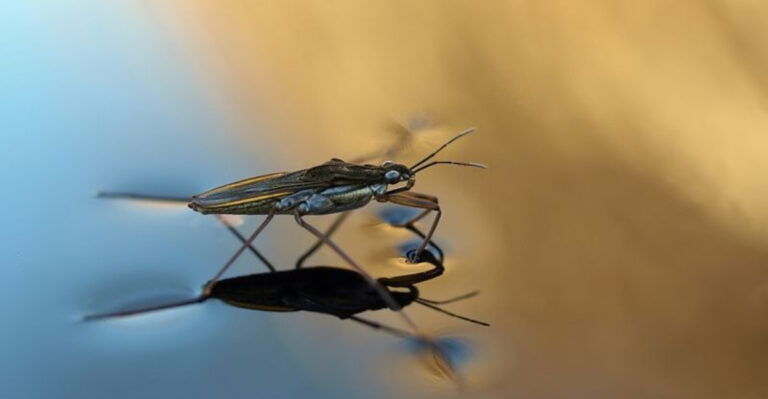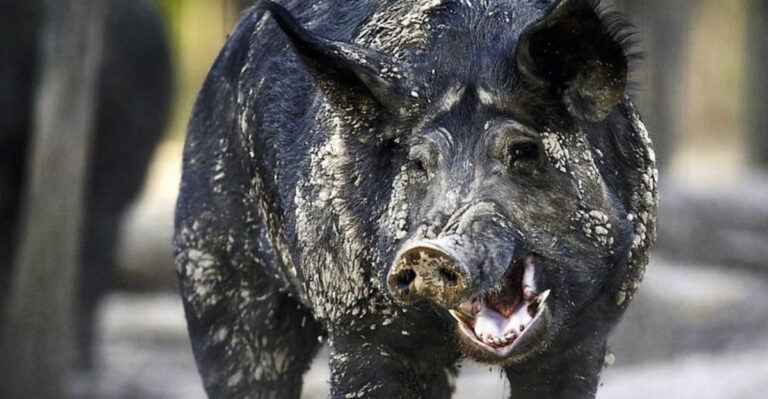Genetically Engineered Dinosaurs May Become A Reality
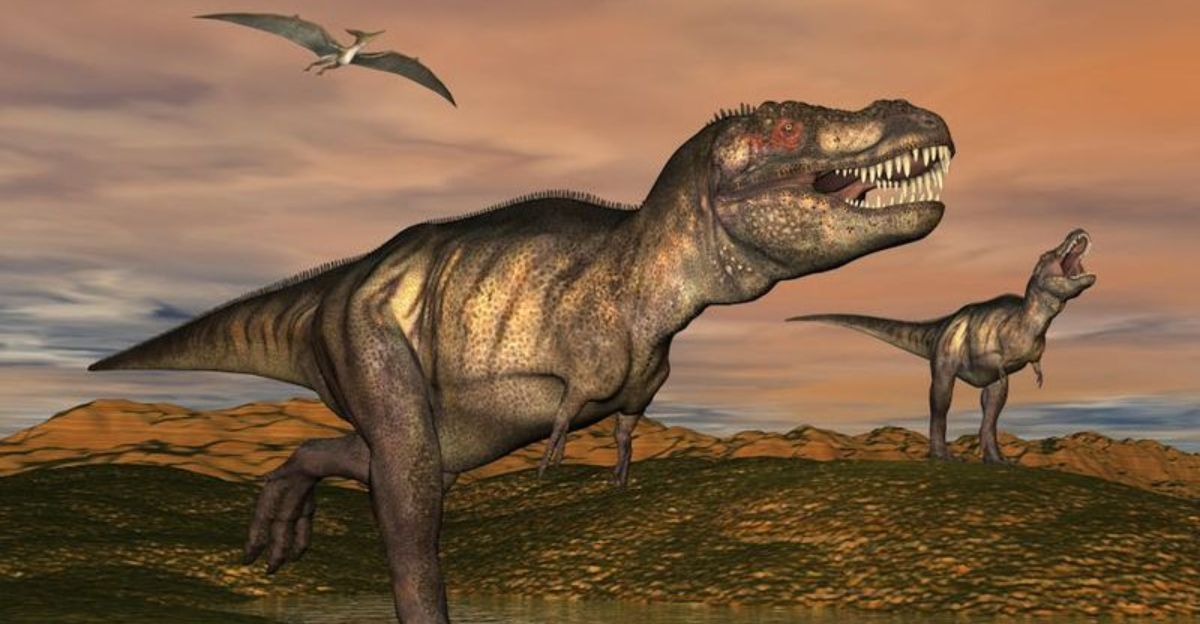
Scientists are making incredible breakthroughs in genetic engineering that might actually bring dinosaurs back to life! The idea sounds like science fiction, but real research is happening right now.
As technology advances, the possibility of seeing living dinosaurs raises exciting opportunities and serious questions about whether we should do it just because we can.
1. Ancient DNA Fragments Offer Clues
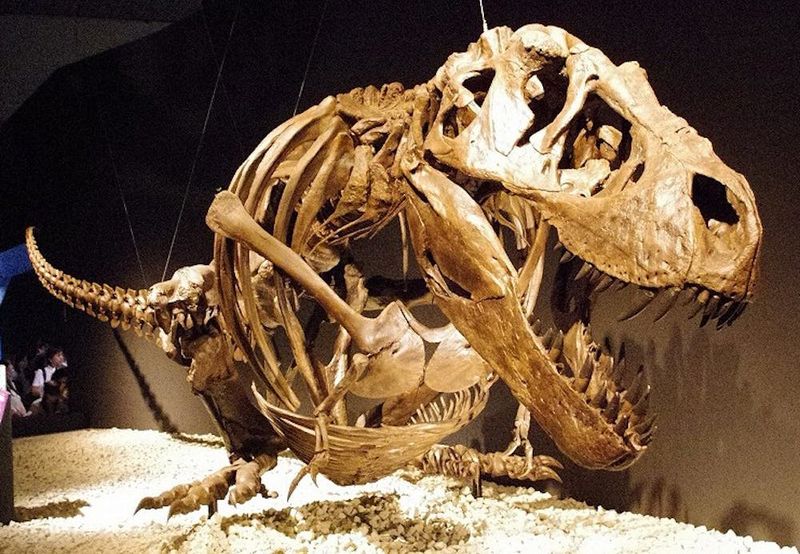
Tiny bits of genetic material have survived in some fossils for millions of years! These fragments, though incomplete, give scientists a starting point.
Researchers have already extracted proteins from T-Rex bones, suggesting DNA pieces might also be preserved in special cases. The race is on to find more intact samples.
2. Birds Carry Dinosaur Genes
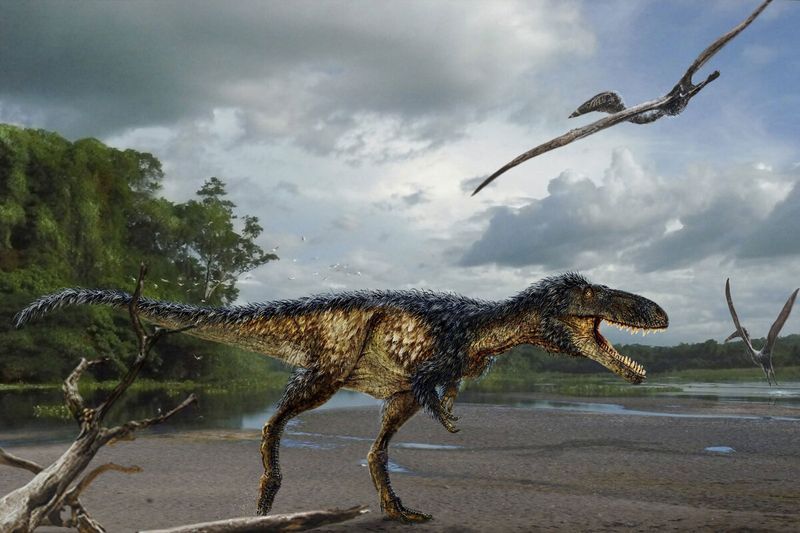
Your backyard chickens are actually modern dinosaurs! Birds evolved directly from theropod dinosaurs and still carry many of their genetic traits.
Scientists could potentially activate dormant dinosaur genes in birds, essentially reverse-engineering them back toward their prehistoric ancestors. This approach bypasses the need for complete ancient DNA.
3. CRISPR Technology Changes Everything
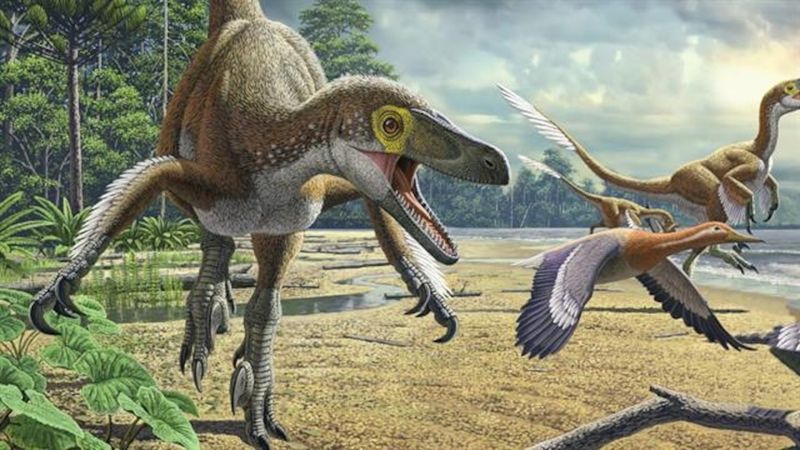
Revolutionary gene-editing tools have transformed what’s possible in genetic engineering. CRISPR acts like molecular scissors, allowing scientists to cut and paste genetic code with incredible precision.
This technology could potentially insert reconstructed dinosaur genes into living animals, creating hybrid creatures with prehistoric characteristics. The science is advancing rapidly each year.
4. The Chickenosaurus Project
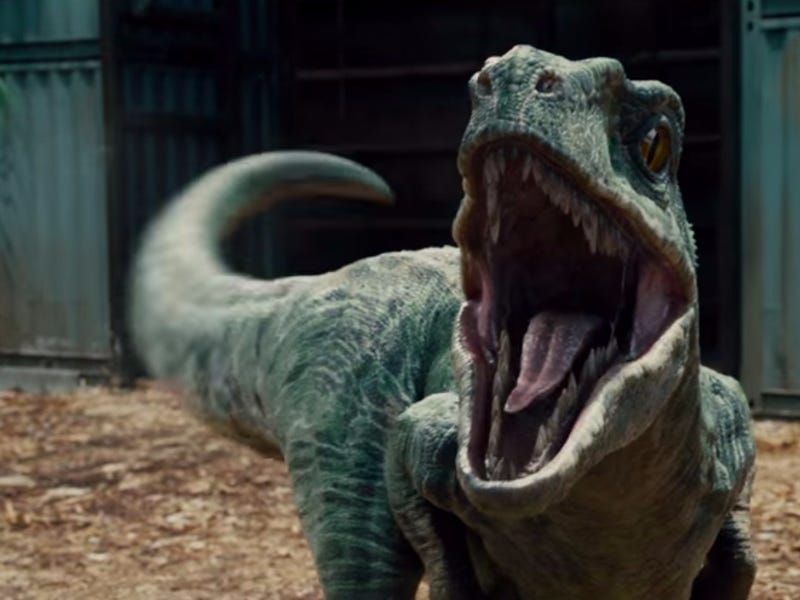
Paleontologist Jack Horner proposed creating a dinosaur by manipulating chicken embryos. His “chickenosaurus” concept aims to activate dormant dinosaur traits already present in bird DNA.
The project has already made progress, with scientists successfully growing dinosaur-like legs and tails in chicken embryos. Small steps toward de-extinction are happening now.
5. Jurassic Park Got It Wrong
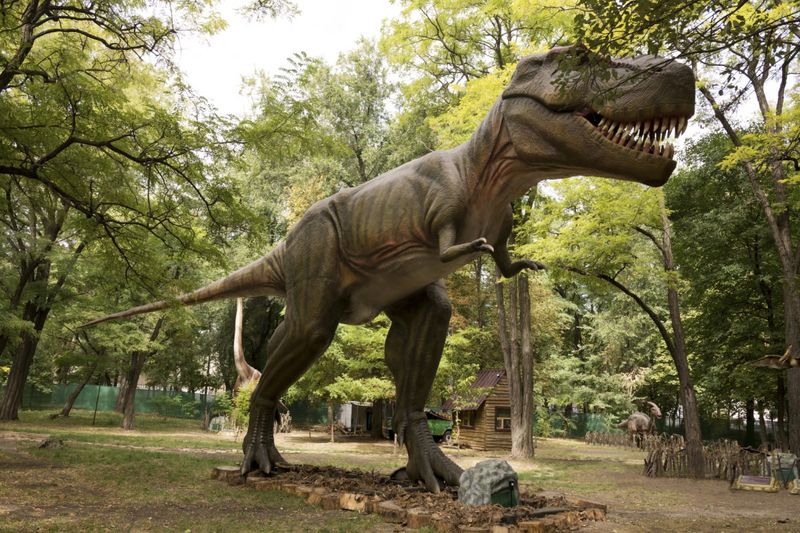
Forget extracting DNA from mosquitoes in amber! That famous movie method wouldn’t actually work because DNA degrades too quickly.
Real scientists are pursuing different approaches, focusing on reverse-engineering existing birds or reconstructing DNA sequences through computer analysis. The science is more complex but potentially more feasible than fiction suggested.
6. Recreating Extinct Relatives First

Before tackling dinosaurs, scientists are working to bring back more recently extinct species. The passenger pigeon and woolly mammoth revival projects serve as stepping stones.
These efforts develop crucial techniques for ancient DNA reconstruction and surrogate birthing. Success with these mammals and birds would provide the blueprint for eventually attempting dinosaur recreation.
7. Environmental Adaptations Needed
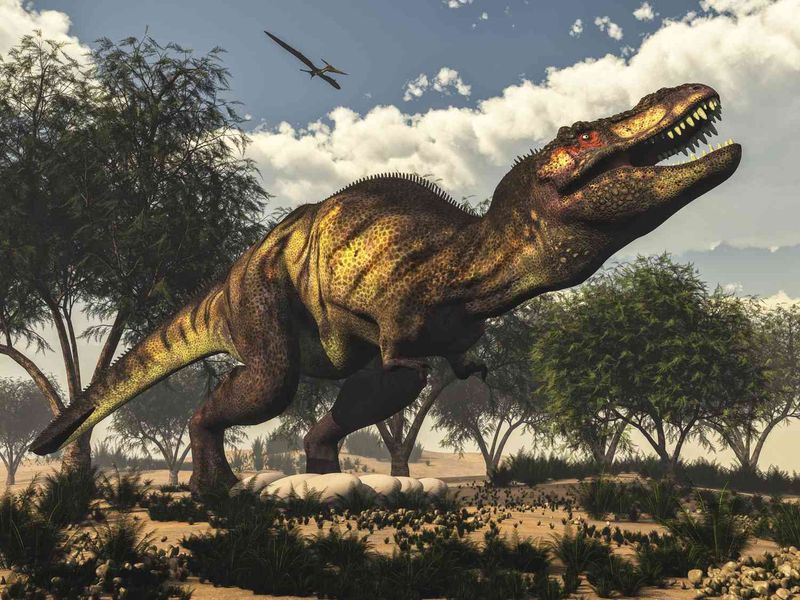
Earth’s atmosphere contained much more oxygen during the dinosaur era! Any recreated dinosaurs would need genetic modifications to survive in today’s conditions.
Scientists would have to engineer artificial adaptations for modern bacteria, temperatures, and atmospheric composition. These prehistoric creatures would essentially become genetically modified organisms designed for our world.
8. Ethical Debates Intensify
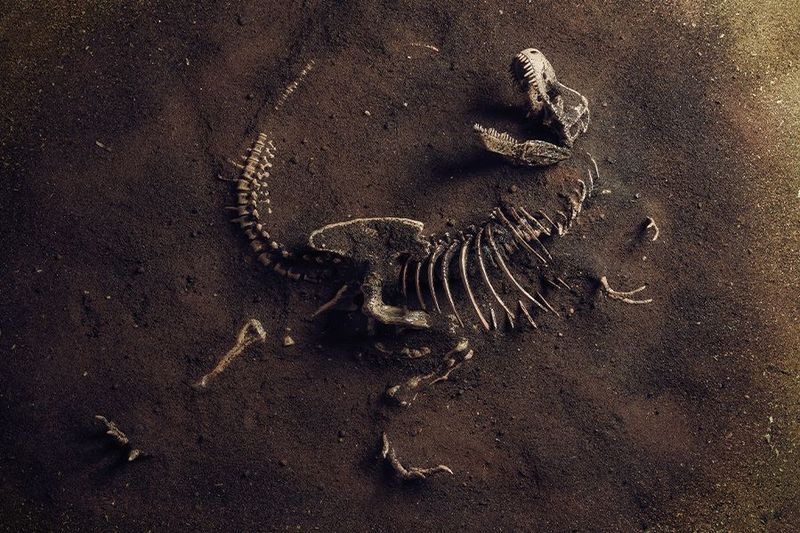
Should we bring back extinct species just because we can? Philosophers and ethicists are already wrestling with this question.
Concerns range from animal welfare to ecosystem disruption if genetically engineered dinosaurs escaped captivity. The scientific community remains divided on whether such projects should proceed even if technically possible.
9. Military And Commercial Applications Emerge

Recreating dinosaurs isn’t just about scientific curiosity. Defense contractors and entertainment companies are watching developments closely.
From theme parks to potential military applications of dinosaur traits, the financial incentives are enormous. Private funding is already flowing to companies pursuing aspects of this technology, raising questions about regulation.
10. Legal Frameworks Lag Behind
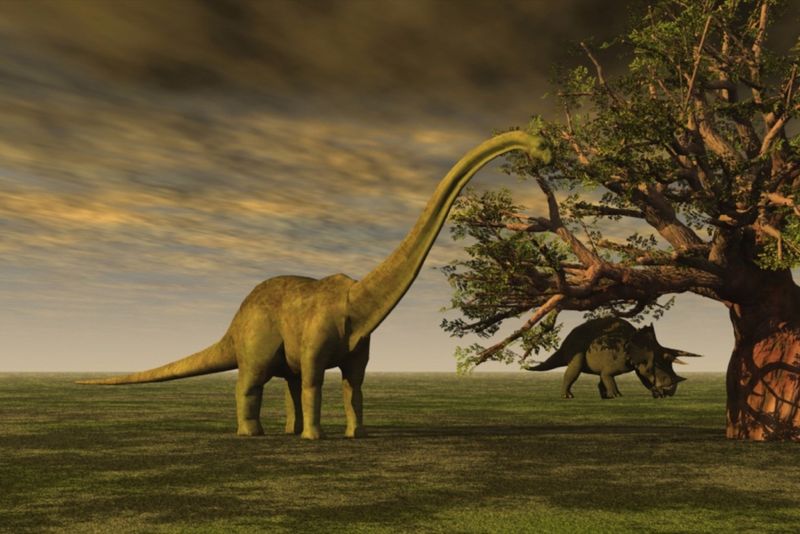
Our laws weren’t written with dinosaur revival in mind! Current regulations for genetically modified organisms don’t adequately address de-extinction.
Questions about ownership, patents on recreated species, and liability for dinosaur-related incidents remain unanswered. Lawmakers worldwide are beginning to consider these previously unimaginable legal challenges.
11. Timeline Predictions Vary Wildly
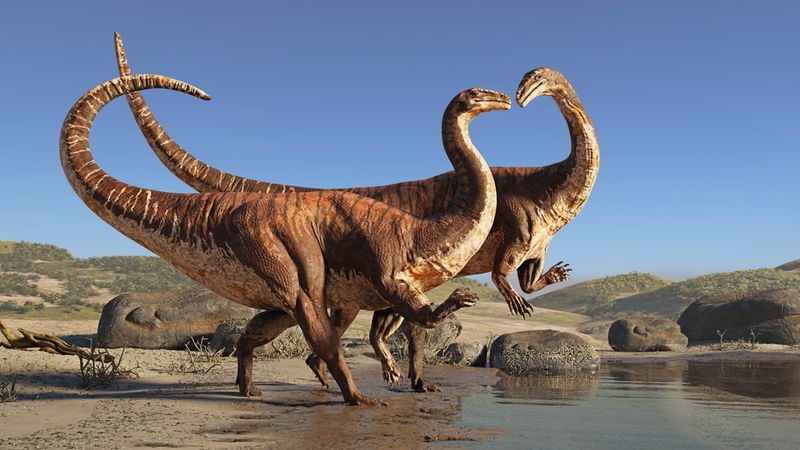
When might we see actual dinosaurs? Expert estimates range from 10 years to never!
The most optimistic scientists believe we’ll create dinosaur-like creatures within a decade through bird modification. Others maintain complete dinosaur recreation is biologically impossible due to DNA degradation over millions of years. The truth likely lies somewhere in between.
12. Public Safety Concerns Mount
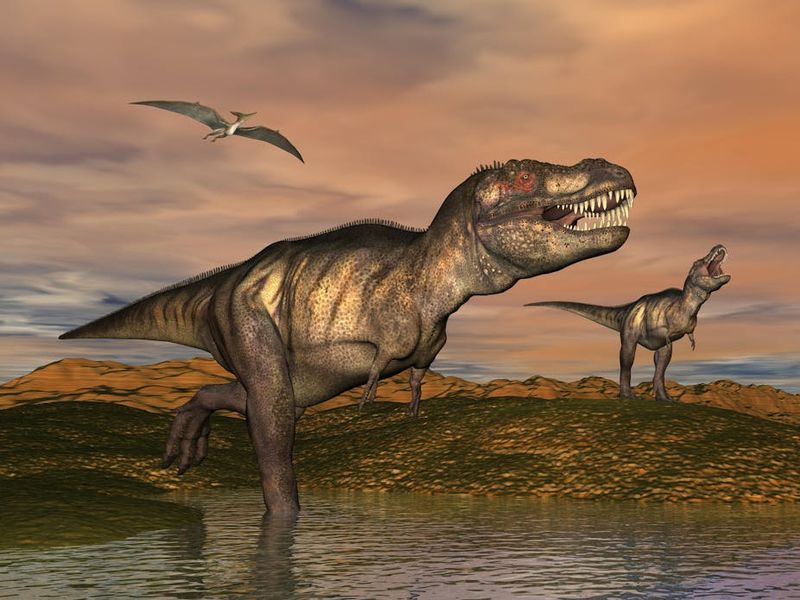
What happens if a T-Rex escapes? Security measures for containing genetically engineered dinosaurs would need to be extraordinary.
Specialized containment facilities, tracking systems, and built-in genetic kill switches would be essential safety features. Public acceptance depends on convincing people these creatures could never threaten communities, a tough sell after decades of dinosaur disaster movies!

